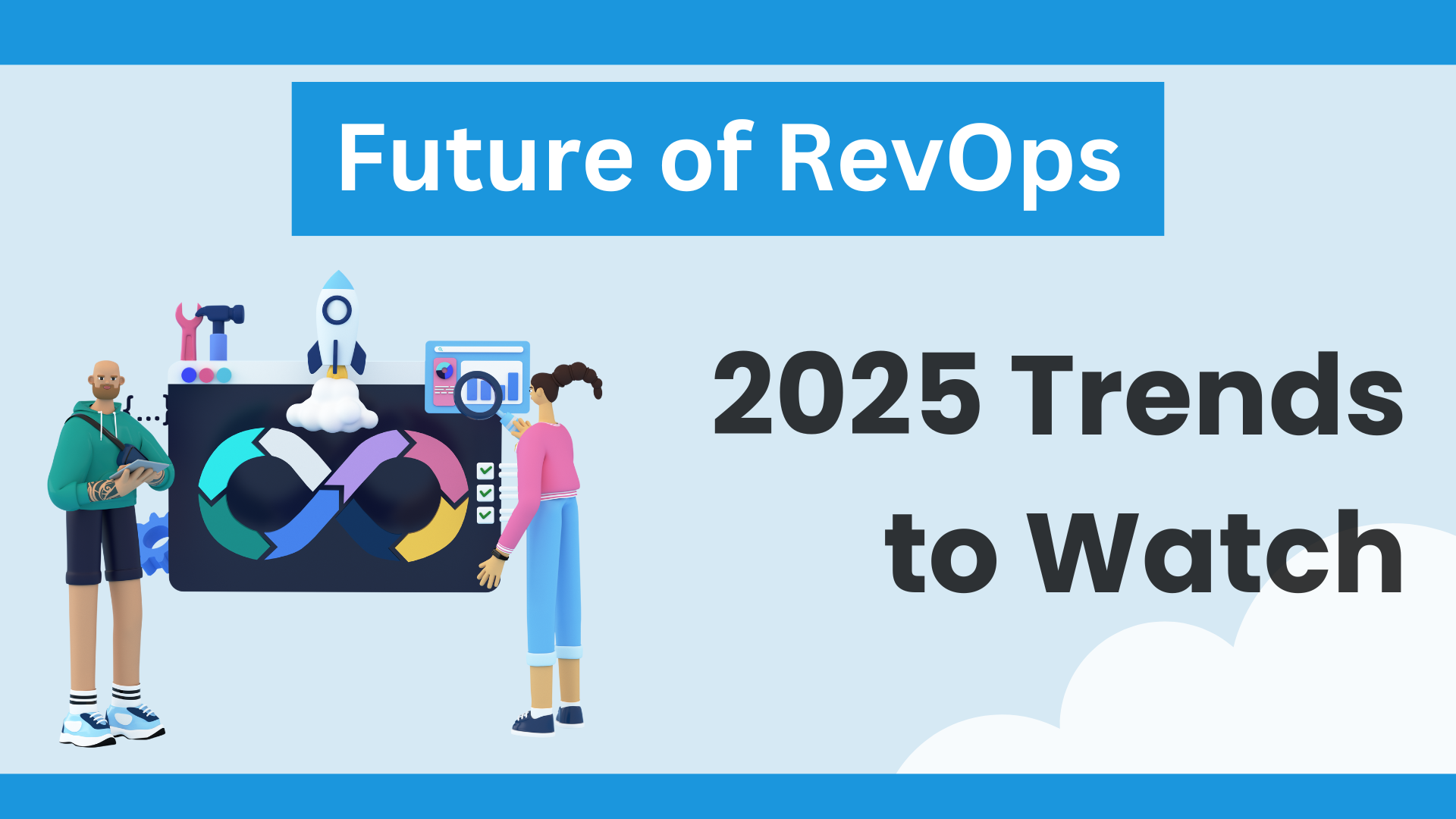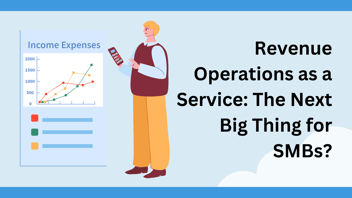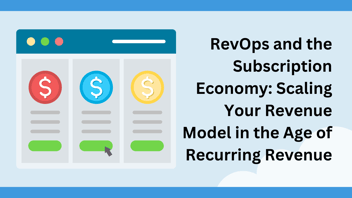2025 is right around the corner, and while Revenue Operations has already been making waves it’s also only getting started. The rapid evolution of RevOps is reshaping how we think about revenue generation and management Today, we’ll walk through some key trends that will define what the future of RevOps looks like in the next year.
The Rise of RevOps
By 2025, Gartner predicts that 75% of the highest growth companies will have some form of RevOps model in place. This push for adoption is driven by companies waking up to the need for better alignment between marketing, sales, and customer success teams. Right now, 60.2% of companies have officially defined a Revenue Operations function—a massive jump from just 7% last year. This growth suggests RevOps will become the standard practice for most companies within the next year.
AI and Automation in RevOps
Artificial Intelligence has been making 30-foot tall waves all on its own. Companies left and right are rolling out AI-driven strategies, and RevOps is no exception. As we head into 2025, AI and automation will be at the heart of RevOps strategies, driving smarter decision-making, streamlined operations, and deeper insights.
According to Future Market Insights, the global RevOps platform market is projected to achieve a value of $18,062.6Mn by 2033, with a compound annual growth rate of 17.3% between 2023 and 2033. This is largely driven by the fact that AI and automation technologies are evolving faster than RevOps itself.
Data-Driven Decision Making
Data is already important – you can’t do anything without some sort of data justification. In 2025, it'll be no different for RevOps strategies. Companies will be leveraging advanced analytics to get a bird’s eye view of revenue streams and customer journeys.
As per recent data, 78% of B2B companies across diverse industries struggle to achieve consistent revenue growth. By 2025, we expect that percentage to decrease a lot as more companies push for data-driven RevOps strategies.
Cross-Functional Integration
Integration will be critical for the future of RevOps and it’s not only for the digital departments, but also for the entire revenue-generating machine. By 2025, this trend will be in full swing. Already, 26% of central RevOps teams report directly to their CROs, and we’re seeing a surge in leadership roles—CRO roles up by 33%, VP of RevOps roles by 21%, and Director of RevOps roles by a staggering 73%.
In terms of external integrations– different platforms and tech stacks–RevOps tools will continue to push for optimization across the board. In 2011, there were 150 Sales Ops and Marketing tools. By 2020, this number had grown to over 8,000. By 2025, who knows? .
Customer-Centric Approach
Everything is customer-centric now. Gone are the days where it was all about the company. RevOps is no exception. RevOps will be focused more and more on enhancing customer experience throughout the entire customer lifecycle. There is currently data out that suggest that 70% of the buyer’s journey is done before the buyer even reaches out to the sales team. So, what does that mean? Cohesive, customer-centric approaches across all touchpoints is now and will continue to be important.
Takeaways
RevOps has a bright future ahead, and 2025 is just the beginning. Expect RevOps to play a crucial role in driving business growth, with AI, data analytics, and cross-functional integration at its core.





Leave a Comment